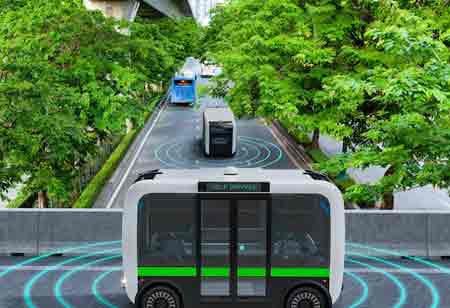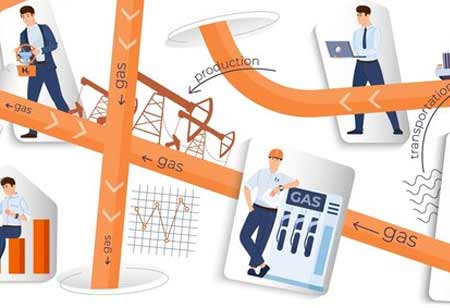Thank you for Subscribing to Gov Business Review Weekly Brief
Autonomous Vehicles Enhancing Mobility in Public Transportation Systems
Incorporating AVs within a transport-focused urban mobility framework can yield financial benefits for the AV industry while advancing the urban mobility system.

By
Gov Business Review | Wednesday, October 29, 2025
Stay ahead of the industry with exclusive feature stories on the top companies, expert insights and the latest news delivered straight to your inbox. Subscribe today.
Fremont, CA: AVs are at a pivotal stage at present. If they become more mainstream, they could drastically improve traffic safety, reduce operating costs, and make mobility and independence accessible to individuals who cannot drive or use public transportation.
On the other hand, their impact has yet to be discovered. For instance, the most straightforward solution is to substitute privately owned autonomous vehicles (AVs) for privately owned human-driven cars. However, this will worsen already-existing transportation issues, including increased traffic congestion, decreased urban livability, and greater mobility inequality.
AVs and public transportation can be combined to form a synergistic AV-PT deployment strategy.
Public transportation should continue to be the foundation of urban mobility networks since PT and AVs may serve complementary functions: PT offers high-capacity, space-efficient, and scalable solutions, while AVs offer direct, flexible, and responsive service.
By combining the advantages of both technologies, AV and PT can be used to meet a range of urban mobility requirements. However, This complementing situation should be taken seriously because AV and PT could end up competing, which would be detrimental to both.
Both special occasions and routine services offer opportunities. When it comes to regular services, AVs can increase the reach of public transportation by offering effective first—and last-mile options. Second, in low-density or rural locations, AVs can provide on-demand micro-transport options, replacing bus lines with poor performance and low productivity. Third, more efficient service planning and network designs for public transportation can be achieved through the use of integrated AV-PT systems. Integrating AV-PT is essential to increasing vehicle occupancy.
Occasionally, AVs can be quickly mobilized to provide emergency transport services during significant PT disruptions. Additionally, AVs can be permitted to use bus priority lanes under certain restrictions, such as dynamic bus lane usage that does not interfere with bus operation and only occurs when there is a high AV occupancy rate.
Without proper planning, widespread AV deployment may impose several externalities.
AVs may increase vehicle kilometers traveled (VKT) and worsen traffic if not adequately regulated. By discouraging walking and bicycling, AV deployment may result in a less active and healthier population. Uncontrolled AV sales could erode public transportation's financial and political backing. Furthermore, AVs have the potential to cause urban sprawl, which would further divide metropolitan populations and exacerbate mobility inequality.
To manage these externalities and direct the deployment of AVs, local governments have the regulatory tools at their disposal. Examples of regulatory tools include land use laws that make sure the deployment of AVs is in line with sustainable land use practices, policing authority that controls AV operations to ensure safety and conformity, control over local streets that manages AV traffic to prevent congestion and preserve livability, data management authority that controls the collection and use of data to protect privacy and maximize mobility services, and authority over public transportation to integrate AVs and PT successfully.






